When I was growing up, the characters in the books I read often felt as distant as the far-off lands they explored. It wasn’t just the fantasy or the time period that felt removed—it was their experiences, their families, and often, their skin color. That’s why, as an adult, I’ve made it a mission to seek out children’s books by Black authors. These stories not only broaden our horizons but ensure that every child can see themselves as the hero of a great adventure or the heart of a tender story.
The Value of Representation in Children’s Books
Think back to your favorite childhood book. Now, imagine that story rewritten with a protagonist who looks, talks, and lives differently than you do. Would it have touched you so deeply? For many Black children, the world of children’s literature hasn’t always mirrored their reality. But when they do see characters like themselves, the effect is transformative. It’s not just about the joy of reading—it’s about feeling seen and understood.
Why Representation Matters
During a school visit by a children’s author, I saw firsthand the impact of representation. A Black author read her story about a little boy’s adventure. The room was full of kids, but it was the Black children who were most engaged, their eyes lighting up with every page turned. They saw their homes, their challenges, and their joys reflected in the story. This moment underscored for me the power of books to affirm our identities.
Pioneering Black Authors in Children’s Literature
Trailblazers Who Opened Doors
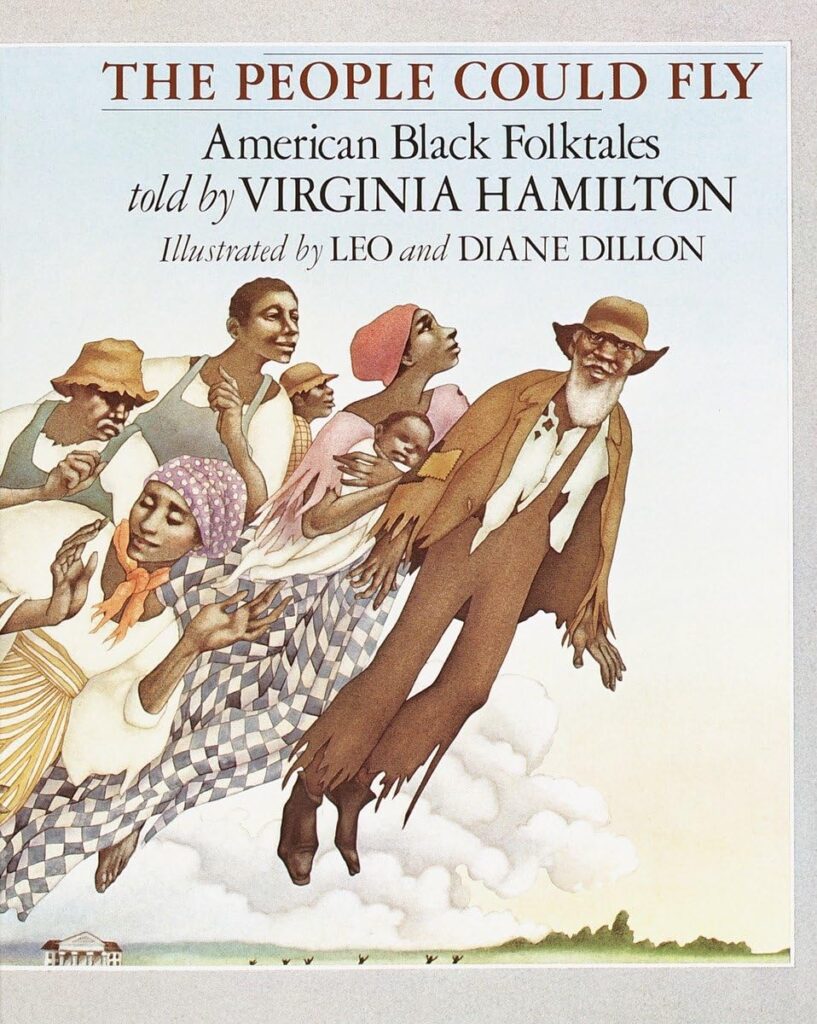
Historically, Black authors faced immense challenges in getting their children’s books published. Despite these barriers, figures like Virginia Hamilton and Walter Dean Myers not only succeeded but also set new standards. Hamilton’s The People Could Fly tells the powerful folklore of enslaved Africans, while Myers’ Monster explores complex themes of identity and justice, both becoming staples in children’s literature.
Contemporary Black Authors and Their Impact
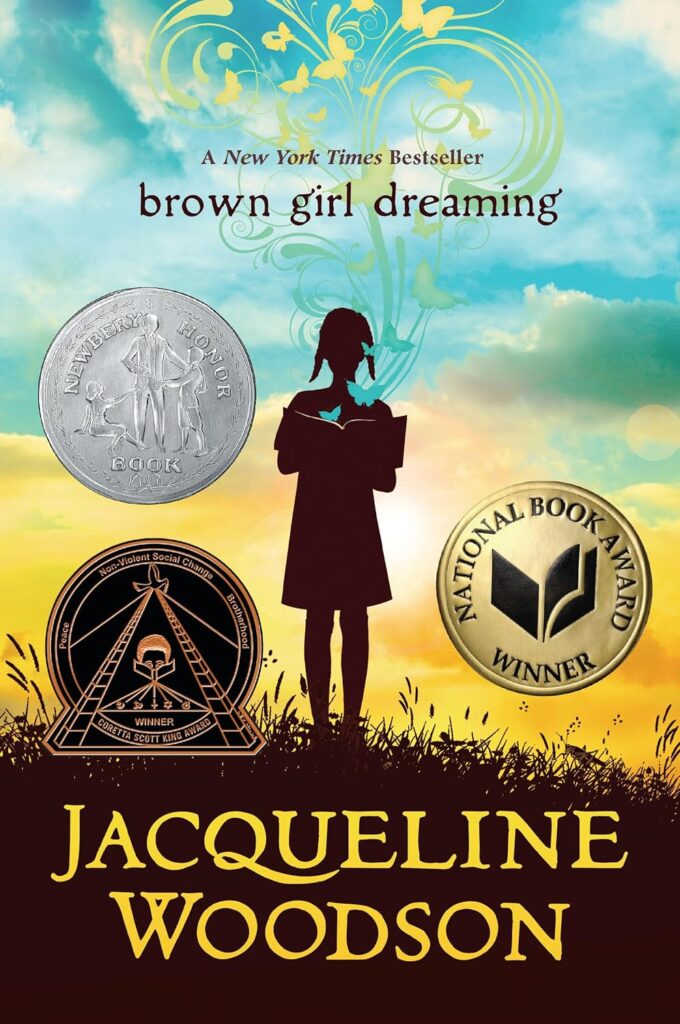
Today, the landscape is vibrant and varied. Authors like Jacqueline Woodson and Kwame Alexander craft stories that are rich in culture, character, and color. Woodson’s Brown Girl Dreaming—a poetic recount of her childhood—shows that Black stories are not monolithic. Alexander’s rhythmic, dynamic sports-themed books, like The Crossover, have hooked countless reluctant readers with their energy and emotion.
Must-Have Children’s Books By Black Authors
For Early Readers
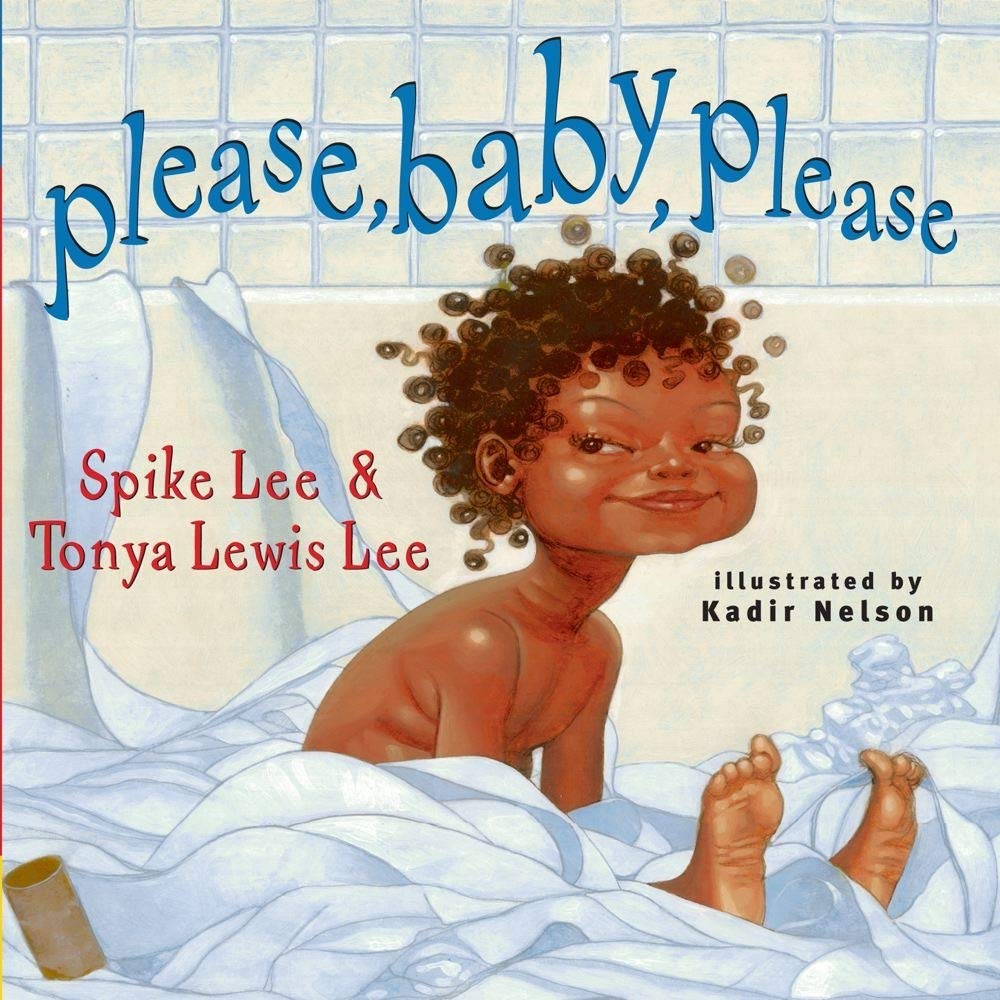
- Picture This: Books like Please, Baby, Please by Spike Lee and Tonya Lewis Lee offer delightful visuals and rhythmic text that resonate with toddlers. It’s a nightly favorite in my house, and possibly the only thing my son will sit still for.
For Middle Grade Readers
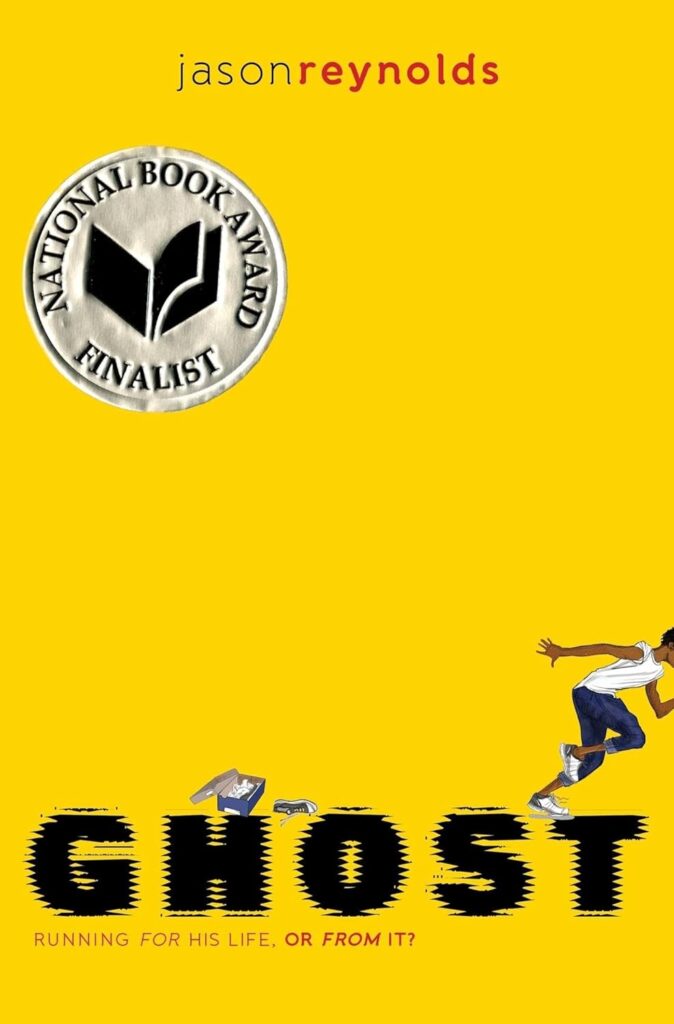
- Exploring Identity and Adventure: Ghost by Jason Reynolds is a compelling tale about a track star with a troubled past, blending fast-paced sports action with deep emotional growth.
For Young Adults
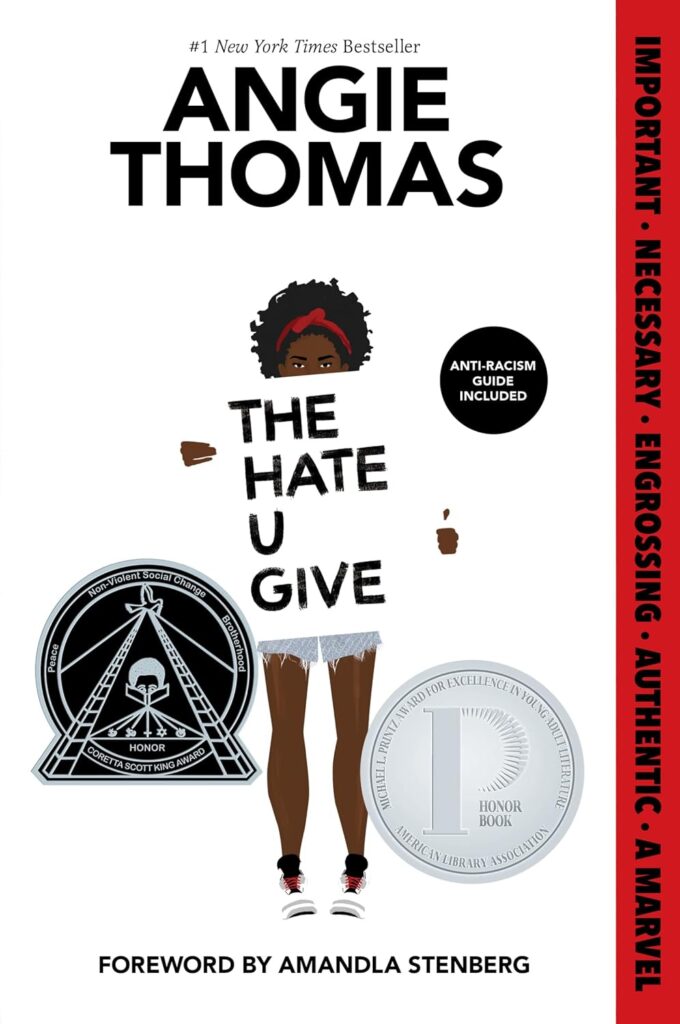
- Tackling Tough Topics: Angie Thomas’ The Hate U Give is a crucial addition. Inspired by the Black Lives Matter movement, it challenges readers to think critically about race, policing, and activism.
Incorporating These Books Into Your Collection
Diversifying your child’s bookshelf might feel daunting, but it can start with just one book. Try rotating new books into your regular reading and discuss them openly. And remember, representation isn’t just about race—it’s also about ensuring a range of experiences and perspectives.
Making It a Family Affair
Sharing these stories can be a bonding experience. After reading The Hate U Give, my sister and her teen had the most in-depth discussion about justice and personal responsibility I’ve ever eavesdropped on. It was a conversation sparked by literature but grounded in the realities of today.
Supporting Black Authors
Supporting Black authors isn’t just about buying their books. It’s about engaging with them. Attend book readings, follow them on social media, and recommend their works to friends. Every book you buy or recommend helps ensure that more stories from diverse voices get told.
Conclusion
Including children’s books by Black authors in your collection isn’t just a nice-to-have—it’s a must. These stories enrich the lives of all readers, regardless of background. They challenge, delight, and inspire, and most importantly, they tell every child that they can be at the center of a story worth telling.
Further Reading and Resources
Looking for more great reads? Check out We Need Diverse Books for recommendations across genres and ages. Don’t forget to explore local book festivals and events focused on diverse literature—you might just find your next favorite book and author there!
Call to Action
Start today. Buy a book, visit a library, or recommend a favorite. Let’s build a world where every child can find themselves in the pages of a great book, and let’s keep turning the page towards a more inclusive literary world.
This article isn’t just a list of books; it’s a call to embrace and celebrate the richness that Black authors bring to the table of children’s literature. Let’s start those conversations, one book at a time.
